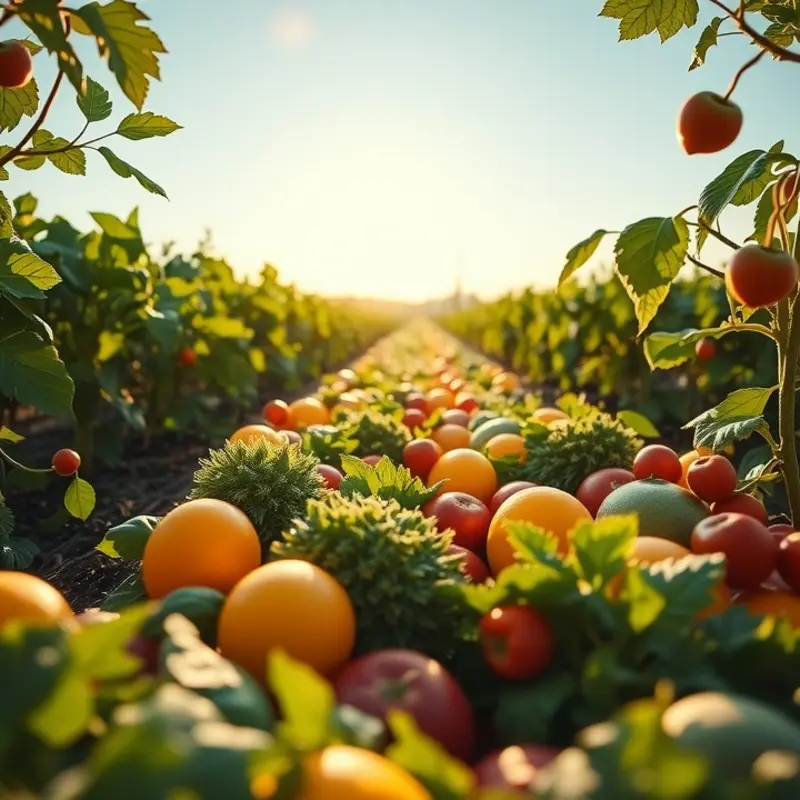Cooking vessels from ancient civilizations tell a rich story of culinary history and cultural practices. These vessels shaped not only the preparation of food but also the rituals surrounding it, reflecting a connection to nature, community, and identity. From clay pots to intricate metal pans, each type of vessel carries its own heritage, showcasing the ingenuity of our ancestors as they adapted to their environments. Join us on a journey through time as we delve into the captivating world of ancient cooking vessels across various cultures.
From Earth to Table: The Role of Clay Pots in Ancient Kitchens

Clay pots have been central to culinary traditions across many cultures, providing both function and form. The art of crafting these vessels involves sourcing natural clay, meticulously shaping it, and using traditional firing techniques. Each culture developed distinct methods based on available materials and intended use, making clay pots a testament to human ingenuity.
In Ancient Egypt, clay pots were often fired in open fires, achieving a rudimentary but effective kiln. These vessels were integral to communal feasting, often used in religious ceremonies to prepare offerings for deities. The use of specific colors of clay was believed to imbue the pots with protective spiritual energy. Meanwhile, in China, the evolution of the clay pot paralleled technological advances. The creation of more durable ceramics offered innovations like glazed surfaces, which enhanced both the aesthetic and functional appeal.
In the Mediterranean, the Greeks and Romans employed clay pots not only for cooking but also for transporting grains and liquids. These pots bore intricate motifs, telling stories through their engravings. Communal meals were central in these societies, and the shared use of clay cookware fostered a sense of togetherness. Such practices resonate with modern communal eating habits where the preparation and sharing of food hold deep cultural significance.
The manufacturing processes of ancient clay pots continue to influence contemporary cookware. Traditional craftsmanship has inspired modern ceramic producers who value the longstanding heritage of clay cookware. Methods like coiling and molding echo in today’s artisanal pottery studios, where bespoke creations draw from historical designs.
Moreover, the thermal properties of clay, which allow for even heat distribution, are renowned. Modern chefs often choose clay pots for specific recipes to achieve authentic flavors and textures reminiscent of their cultural origins. For those interested in sustainability, clay cookware also embodies a low-impact option, being both biodegradable and often locally sourced.
In many cultures, clay pots transcended their utilitarian purpose, gaining symbolic meanings. In India, for instance, clay kulhads are used for serving chai, embodying simplicity and purity. These vessels connect people to the earth itself, a reminder of humanity’s intrinsic relationship with nature.
Today, as we explore diverse cuisines, understanding the significance of traditional vessels can enhance our appreciation. Ancient clay pots remind us of the shared human experience centered around food, community, and the earth. For those looking to further explore the influence of traditional cookware on modern cuisine, learning about culinary influences via trade can provide additional insights.
Metal Marvels: The Evolution of Cooking Tools

The evolution from clay to metal in cooking vessel craftsmanship marks a pivotal chapter in culinary history. Clay, while versatile and accessible, had its limitations. Metal, with its superior heat conduction and durability, revolutionized cooking techniques and broadened culinary possibilities.
The earliest metal vessels were crafted from bronze, a sturdy alloy of copper and tin. Bronze pots emerged around 3000 BCE in the Middle East, providing a leap in cookware technology. This transition represented not just a change in materials, but a transformation in cooking habits. The efficiency of bronze vessels allowed for more controlled cooking temperatures, thus enhancing the culinary experience.
As metallurgy advanced, iron and later, copper, became indispensable tools in kitchens across ancient civilizations. Iron’s ability to withstand high temperatures made it particularly suitable for frying, a method that gained popularity in this period. The durability of iron pots, coupled with their ability to impart distinctive smoky flavors, further enriched ancient culinary practices.
Copper pots, revered for their excellent thermal conductivity, became a staple in regions with notable culinary sophistication, such as ancient Rome and China. The rapid and even heating offered by copper enabled chefs to experiment with techniques like sautéing and simmering, expanding the repertoire of flavors and textures available.
These metal marvels not only impacted cooking methods but also influenced dietary habits and societal structures. In ancient China, for example, the widespread use of metal woks facilitated communal meals, reinforcing social ties through shared culinary experiences. Similarly, in Roman culture, opulent banquets featuring a variety of dishes benefited from the versatility of metal cookware.
As societies advanced, the craftsmanship of metal cooking vessels also evolved, incorporating intricate designs and specialized forms tailored to specific culinary tasks. This period saw the development of purpose-driven cookware, such as cauldrons, skillets, and kettles, each suited to distinct techniques—boiling, frying, or fermenting, to name a few.
The enhancement of cooking methods through metal vessels also dovetails with the influence of trade, as discussed in this article on culinary influences from trade. Trade routes facilitated the exchange of not just spices and ingredients, but also ideas and technologies, leading to a rich tapestry of culinary evolution.
In summary, the transition to metal cooking vessels laid the groundwork for diverse and sophisticated culinary traditions. From the precision steaming enabled by bronze to the bold frying techniques facilitated by iron, metal cookware has profoundly shaped the trajectory of global cuisines, culminating in a vibrant legacy that continues to influence modern cooking.
Final words
The journey through ancient cooking vessels reveals much about the cultural fabric of societies predating modern culinary practices. From clay pots that nurtured communal bonds to the advanced metal vessels that allowed diverse cooking methods, these artifacts remain a testament to human resourcefulness and creativity. Preserving these traditions not only honors our ancestors but also enriches our culinary experiences today. Embracing these age-old techniques fosters a deeper appreciation for the food we prepare and share, urging us to connect with our past as we create in the present.








